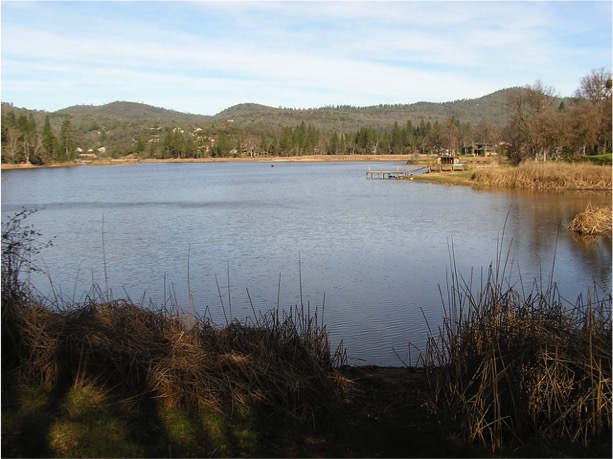
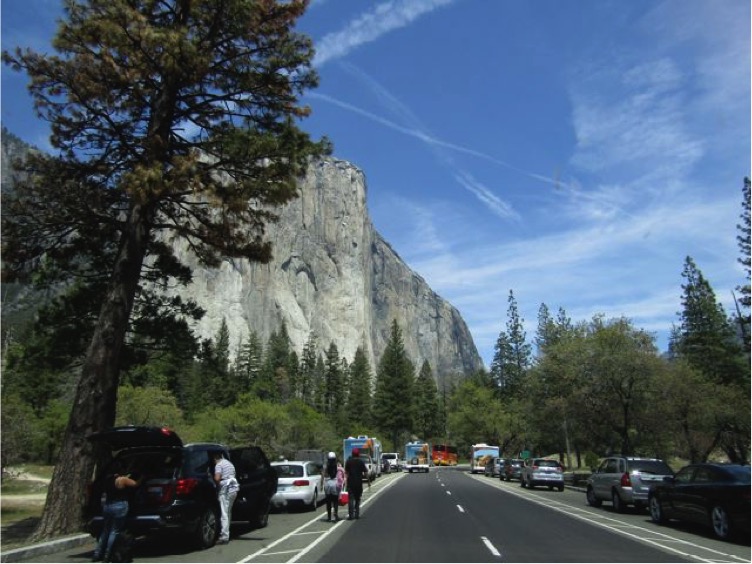
2020 - Present
- Collaborated with Yosemite Stanislaus Solutions partners to help create a giant "large landscape" forest treatments project called the SERAL project. When the project gained final approval in 2022, CSERC aided YSS by doing initial monitoring of treatments and helped gain media coverage of this precedent-setting giant forest project.
- CSERC continued to be the only NGO organization participating in the hydroelectric relicensing plan for the South Fork Stanislaus River – a plan that will end up setting river management direction for the next 40 years.
- The Phoenix Lake restoration project – that CSERC helped launch plans for 15 years ago – finally implemented the first phase of lake restoration treatments and dredging at the Lake.
- CSERC partnered with local concerned citizens to appeal two major leap-frog development projects proposed a few miles outside of Yosemite Park. CSERC filed legal challenges to the projects when appeals were denied by Tuolumne County and has helped negotiate win-win settlement agreements.
- Staff frequently visited Yosemite Park to monitor conditions and to assess crowding and congestion.
- We managed to increase CSERC's website traffic to roughly 1/3 of a million hits per year, with the vast majority coming from youth doing educational nature games.
- Participated in 150-200 meetings annually to serve as a key voice for nature in the region.
2015 - 2019
- CSERC staff advocated for the environment by participating in 4 collaborative stakeholder processes affecting water resources or forests across our vast region.
- We organized monthly activist working group sessions to raise awareness and involvement in local conservation issues.
- By the end of 2019, CSERC had reached over 154,000 students and members of community groups with inspiring environmental programs.
- CSERC raised awareness and enthusiasm of our local region through 7 years of photo contests, including a category for youth to encourage students to engage with their environment.
- Over the five years of summer/fall field seasons from 2015-2019, CSERC biologists tested water quality in forest streams as part of scientific studies that have highlighted the health risk of water pollution by livestock.
- In every year, CSERC staff monitored livestock impacts by performing bi-annual monitoring of at least 40 mountain meadows in the local national forest.
- Due to the U.S. Forest Service failing to correct violations proven year after year by CSERC’s field monitoring and water quality sampling of streams, CSERC filed a lawsuit against the U.S. Forest Service over its persistent failure to prevent livestock from damaging meadow resources and polluting water. (The litigation is still ongoing.)

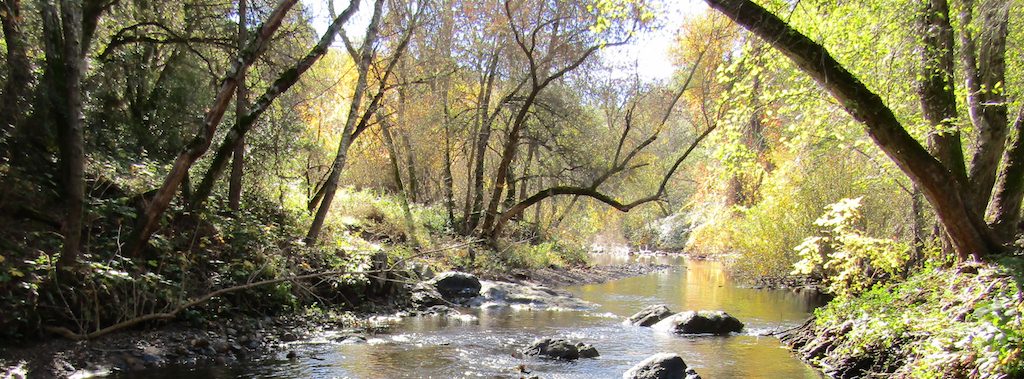
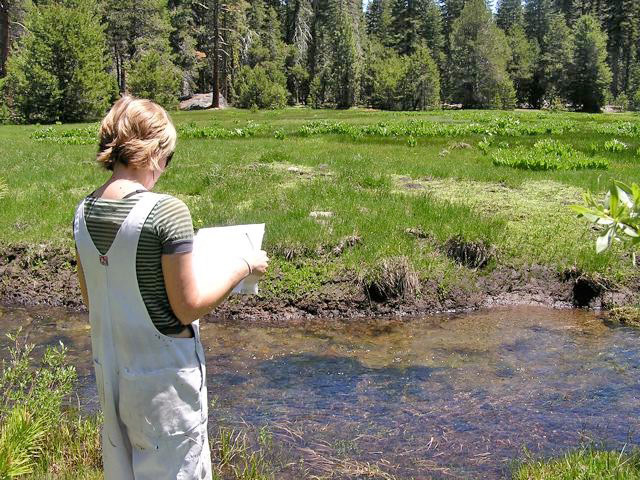

2011 – 2014
- CSERC played a key role in negotiating a balanced “Rim Fire salvage logging” plan that spared sensitive sites from disturbance and reduced the Forest Service’s proposed logging by 2/3.
- We located rare wildlife to gain extra protection for the places where they survive in Yosemite and the Stanislaus Forest.
- We received a national award from the U.S. Forest Service Volunteers & Service Annual Awards Program for the volunteer stewardship work CSERC volunteers completed in 2014.
2000 – 2010
- In a 7-year-long federal hydroelectric relicensing process, CSERC helped win huge gains for river flows, wildlife, and recreation in the Stanislaus River system.
- CSERC greatly influenced plans for massive aerial applications of chemical herbicides on public forest lands, mitigating the detrimental effects of spraying.
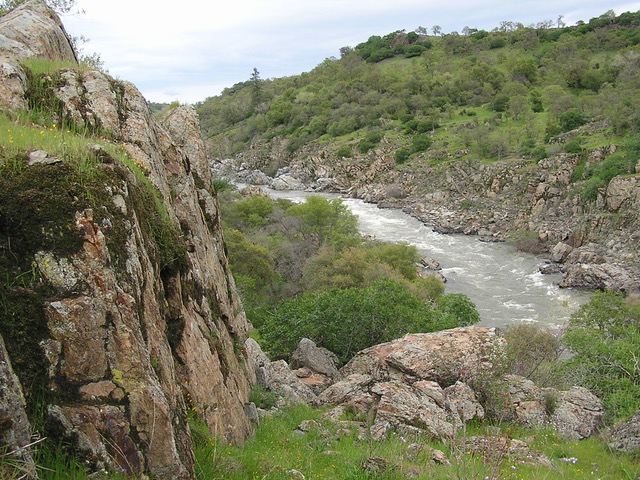

1990s
- CSERC saved over 8,000 acres of old growth habitat from being clearcut within the Stanislaus National Forest.
- We helped stop the construction of expensive and destructive roads which would have required bulldozing wild, roadless areas in the local national forest.

